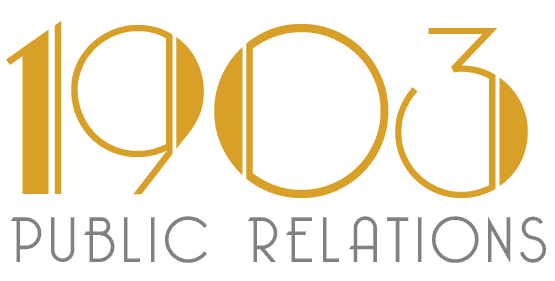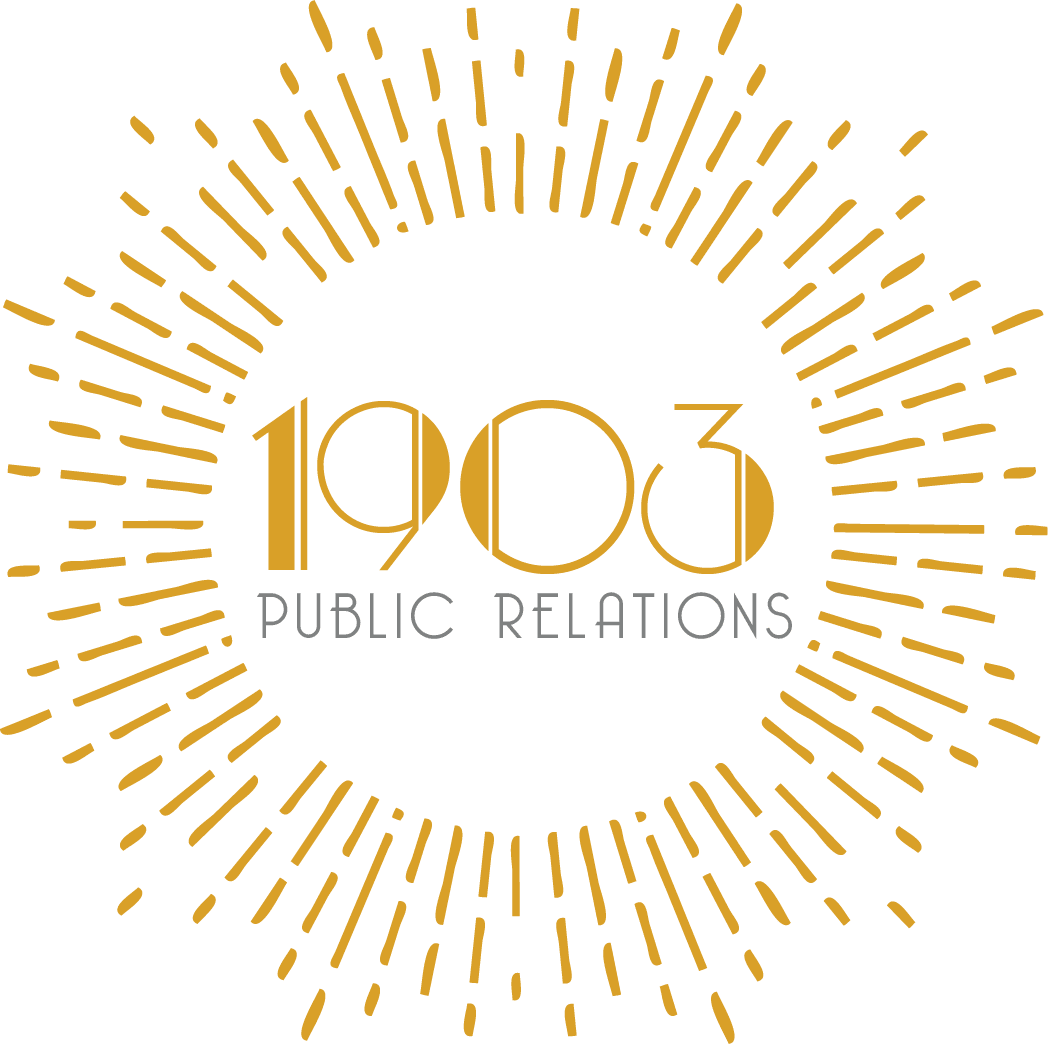Artificial Intelligence (AI) is rapidly evolving and having an impact on industries across the board, making some processes faster, smarter, and more efficient. As a research, data and analysis tool, it seems prime to drive efficiency, while in the creative spaces it’s a bit more complicated. Copyright concerns, content ownership issues, and an increasingly AI-aware media landscape have raised red flags that can’t be ignored. Let’s explore how AI is optimizing PR reporting and why PR firms should be cautious when using AI to draft pitches and content.
The Downside? AI-Generated Pitches and Content
Despite AI’s promise, its use in crafting press releases, pitches, and marketing content is fraught with risks:
- Copyright and Ownership Issues
Using AI-generated content can cause legal problems. Many AI tools don’t guarantee full ownership of the text they create. This means PR firms might accidentally use content that could trigger copyright disputes or legal trouble. AI-generated material can pull from large datasets, sometimes incorporating copyrighted phrases or ideas without clear attribution. This legal gray area makes it essential for PR teams to verify content originality and secure proper usage rights before publication.
- Generic, Detectable Writing
Journalists can often tell when a pitch is written by AI. These pitches may seem impersonal and lack the deep understanding of a brand that PR experts provide. Depending too much on automated messages can hurt relationships with journalists, who expect thoughtful, customized communication. AI-driven text can come off as robotic, repeating common phrases or offering surface-level details, making it harder to build meaningful media connections that rely on authenticity and brand storytelling.
- Ethical and Brand Risks
Overusing AI-generated content can make a brand seem less authentic, causing the public to lose trust. AI struggles to understand cultural differences, emotional context, and the right tone for sensitive PR campaigns, which are crucial for successful public relations. Missteps such as tone-deaf messages or culturally insensitive content can spark backlash, damaging a brand’s reputation. PR teams must apply a human touch to ensure messages align with brand values and resonate authentically with target audiences.
Key Point: AI can be a helpful tool for drafting content, but PR firms must stay proactive by ensuring every piece is tailored, legally compliant, and meets journalistic standards.
The Upside? AI is helping PR Teams Work Smarter
AI is transforming how PR teams gather insights, track media coverage, and measure campaign success. By using AI-powered tools, PR professionals can save time, make better decisions, and react quickly to changes in public perception. Here are three AI-powered products PR companies rely on to meet the needs of their clients:
Cision Communications Cloud – Media Management Platform
Cision Communications Cloud uses artificial intelligence to help PR and communications teams manage media outreach and track how well their campaigns are doing. Its AI features analyze media coverage to understand how brands are being talked about, including the tone and reach of news stories. It also suggests journalists and influencers who might be interested in specific stories, making it easier to connect with the right people. The platform can even estimate how successful a campaign might be based on similar past efforts.
In addition to its AI tools, Cision offers key PR features like media monitoring, press release distribution, and campaign tracking, all in one place. It has a large database of journalists, influencers, and media outlets from around the world, helping users find the best contacts for their stories. Its PR Newswire service helps spread press releases to a wide audience.
Cision simplifies everyday PR tasks like tracking media mentions, generating reports, and finding new media contacts. It also sends real-time alerts when something important happens, allowing teams to respond quickly to bad press or crises. The platform’s reports help measure how well campaigns are performing and adjust strategies if needed.
Overall, Cision Communications Cloud combines smart AI tools with practical PR features, helping teams stay organized, reach the right people, and see how their work is making an impact.
Signal AI – Media Intelligence Platform
Signal AI uses artificial intelligence to help PR and communications professionals track and understand media coverage about their organizations, competitors, and industries. Its AI-powered tools analyze online news, social media posts, print articles, and broadcasts in real time, detecting key mentions and trends as they happen.
At the core of its AI functionality is Natural Language Processing (NLP), which interprets the meaning, tone, and sentiment of media mentions across multiple languages. The platform recognizes important names, companies, and events in complex articles and identifies patterns over time, helping users spot potential risks or emerging opportunities early.
For PR teams, this means being able to react quickly to breaking news or crises. They can monitor public opinion about their brand, assess how well their campaigns are performing, and stay informed about competitors’ activities. The platform’s automated reports simplify sharing media insights within teams or with clients.
By transforming media data into clear, actionable insights, Signal AI enables PR professionals to stay proactive, adjust their strategies when needed, and communicate more effectively in a fast-moving media environment.
How Can We Help?
AI is redefining PR by streamlining tasks like media monitoring and sentiment analysis while also presenting serious challenges in content creation. At 1903 Public Relations, we combine cutting-edge AI tools with decades of human expertise to ensure that every campaign we craft is data-driven, legally sound, and journalist-ready. Let’s build a future-proof PR strategy that balances the power of AI with creative authenticity.
Schedule a Meeting Today


